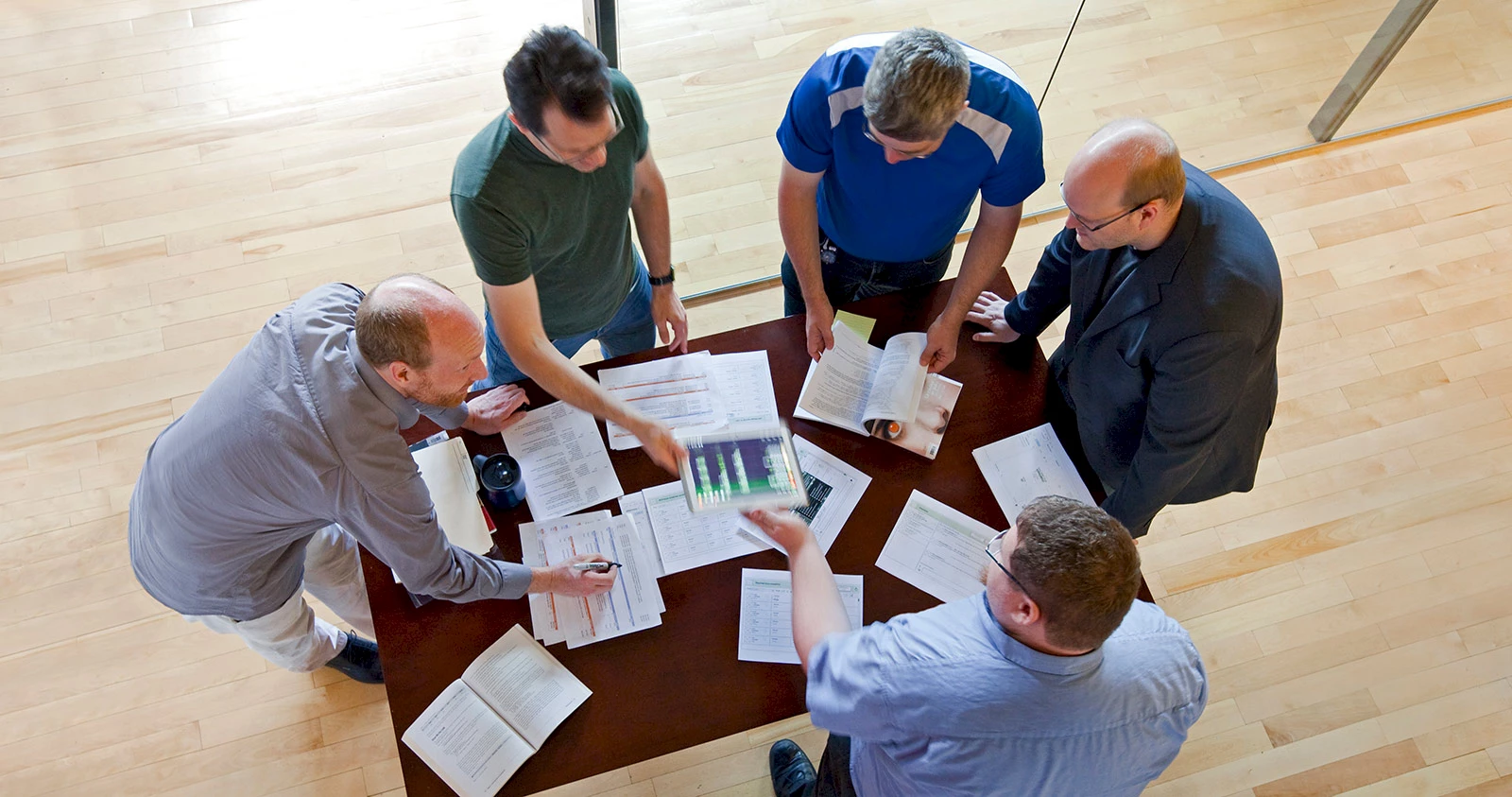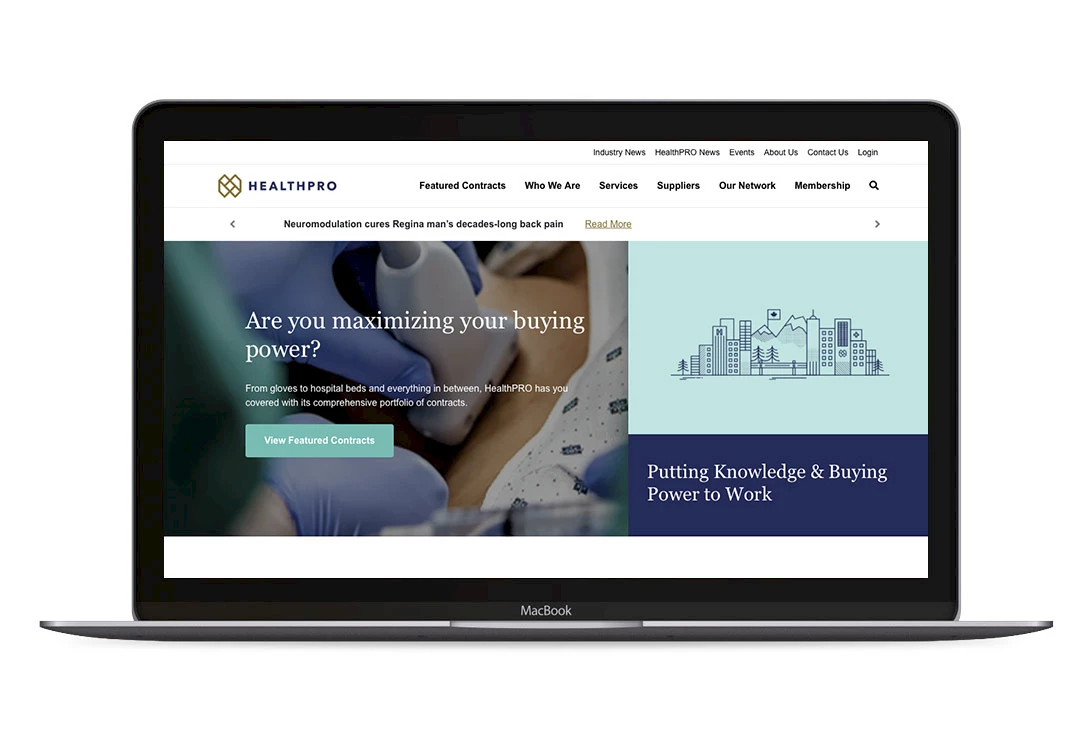Bringing an idea to life through the Discovery process

The Discovery process is an intense collaboration tailored to find relevant and innovative answers to the digital challenges faced by enterprises.
Sometimes, companies identify an issue that needs addressing, without knowing what the solution might be. For example, a company might need to adapt to new market conditions, gain velocity, modernize tools, or satisfy customer needs. Or, it may wish to enhance an existing product or develop a new one.
Inspired by Google’s Design Sprint, but more flexible in its application and wider in scope, the Discovery process was developed by Spiria to help companies innovate. This process is an intensive and interactive collaboration effort involving different tools, depending on the problem to address.

The process involves a team of digital experts, enterprise decision-makers and various stakeholders. It has four phases:
1. Preparation
This phase is dedicated to gaining a thorough understanding the customer’s business, its ecosystem and the challenge to address. It is studied from every possible angle to obtain a 360° vision. It can be supported by preparatory work like researching existing literature, polling future users, or compiling key market metrics.
2. Definition
After the comprehension-based preparatory phase, Discovery process participants define the key issue, set expectations and define the main goal of the process. They also set the metrics for success and identify potential constraints, like legacy architecture.
3. Ideation
The goal of this phase of the Discovery process is to map user browsing patterns and create a detailed storyboard of the suggested solution. The storyboard includes the basic characteristics and features required for a minimum viable product. If necessary, a wireframe is developed, the foundations of the information architecture and methodological process are laid, and a technical evaluation is performed to assess feasibility.
4. Creation
A multidisciplinary team turns the storyboard into a prototype and defines the amount of work involved, the technological pile and the list of features, all of which supports the costing of the final digital solution. Armed with a detailed roadmap that minimizes risk and optimizes productivity, the team can now move on to the production phase.

HealthPRO, a corporate site designed from A to Z in record time thanks to the Discovery process. Learn more about it.
Depending on the issue addressed, several documents can come out of the Discovery process: a roadmap, wireframes, a style guide, an organized copy deck, usability tests, etc.
Essentially, whether you’re satisfying a specific enterprise need or sharpening a nebulous idea, the goal of the process is to quickly lay solid foundations to support an efficient, problem-free development phase. The Discovery process leaves no questions unanswered, produces a detailed roadmap and provides a clear vision of the final result. It minimizes the risks inherent to any software development project, providing immediate return on investment.
